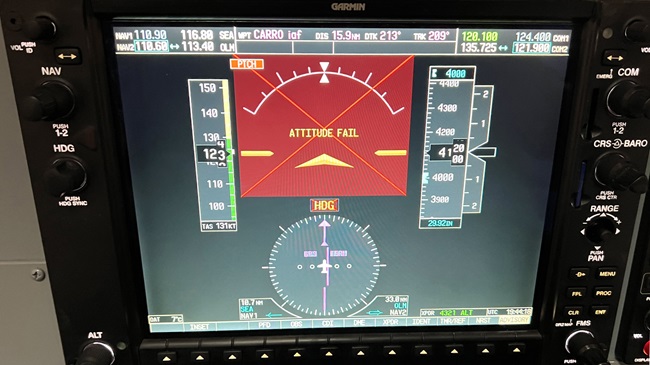IFR Fix: Spring training
Nothing like spring brings pilots out of a long winter’s hibernation. The ever-higher sun melts the morning frost from airplanes that have wintered outdoors, and the gang in the control tower has started its pool to guess the date when the airport’s huge pile of plowed snow will disappear.
The money you allocated to preheating the engine in winter can now be repurposed for regaining currency or instrument proficiency, not to mention a celebratory post-flight repast in the airport café.
Spend some prep time to make sure you’re up on what’s new, what’s old, and what’s gone from the information resources you depend on for flight planning.
Weather is a great place to start, and the FAA has updated a well-known resource with the catchy title of AC No: 00-45 Aviation Weather Services, presenting it in 2018 as AC No. 0045H, Change 1.
“The objective of this AC is to bring the pilot and operator up-to-date on new and evolving weather information and capabilities to help plan a safe and efficient flight, while also describing the traditional weather products that remain,” it says by way of introduction.
A following paragraph summarizes principal changes. Savvy devotees of the FAA’s advisory circular series, the Aeronautical Information Manual, and other flight publications know they can cut to the chase without searching key words or flipping pages by spotting the thick black vertical status bars that highlight new or revised content, a research technique far less traumatic than clicking on your old bookmark for the Aviation Weather Center’s Aviation Area Forecast page and finding a bright yellow alert bar across the top, enclosing the message: “The text area forecast for the contiguous United States had been discontinued. To get the forecast for these areas check the GFA tool.”
Do check the GFA, or graphical forecasts for aviation.
Welcome back to spring flying.



